Overview
With a presence in over 80 countries, paracetamol in Panadol is one of the world’s most trusted pain relievers.1,2
Panadol with paracetamol

Paracetamol
Globally, paracetamol is one of the most used analgesic and antipyretic over-the-counter medicines.3

Multi-component paracetamol preparations
Paracetamol is currently formulated as a single compound or as an active ingredient of multi-component preparations in combination with active ingredients1 to provide relief from fever and different types of pain (e.g. headaches, migraine headaches, muscular and joint pains, and period pain).
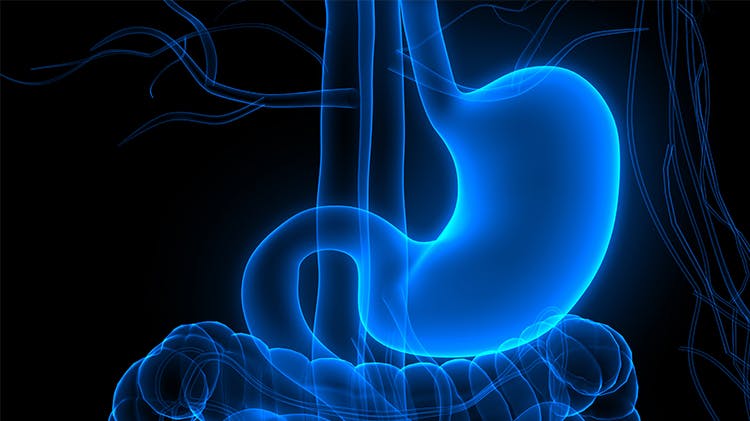
Can be taken on an empty stomach*
Controlled clinical trials have found that paracetamol tablets are gentle on the stomach*.4
Innovative technology
The Panadol range includes products with innovative technology for faster disintegration and absorption5,6¶ and, in combination with other ingredients such as caffeine to effectively handle tough pains.9
Panadol offers a range of solutions for individual patient needs
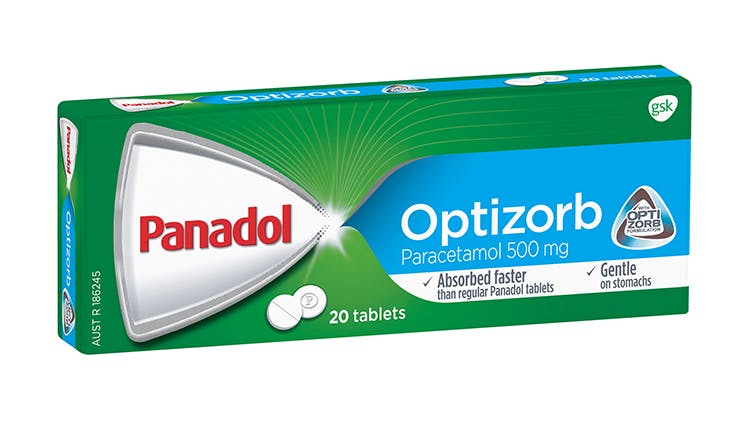
Panadol with Optizorb
Absorbed faster compared to standard paracetamol tablets. 5,6¶
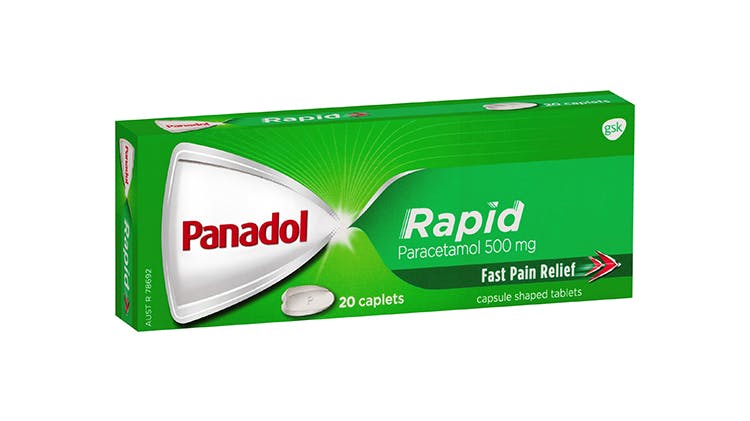
Panadol Rapid
Absorbed 2X faster than standard Panadol tablets, Panadol Rapid offers fast pain relief of acute pain.10,11†

Panadol Extra
Fights 5 types of tough pain - migraine headache, tension headache, period pain, dental pain and muscle aches and pains.9
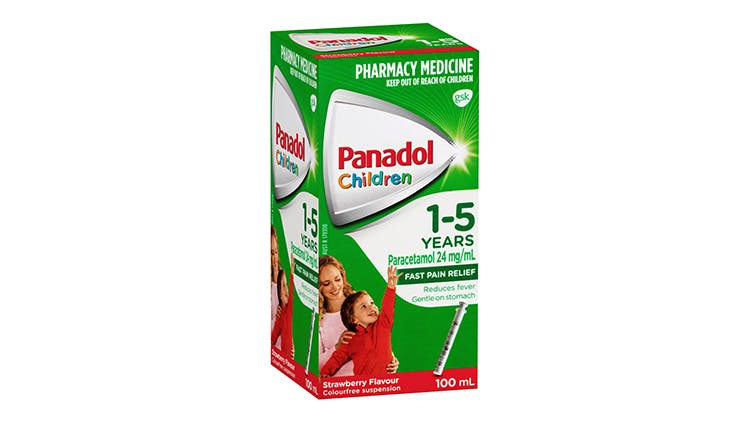
Children’s Panadol
Children's Panadol contains paracetamol for the treatment of fever and mild to moderate pain in children.12-14 Paracetamol can be used from 1 month of age.15-17
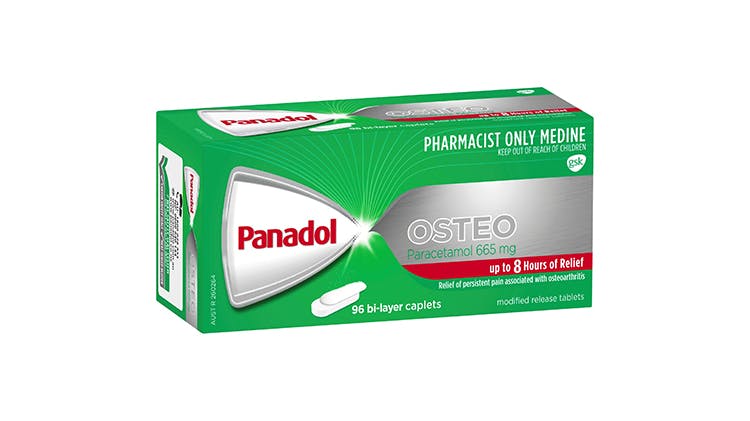
Panadol Osteo
Bi-layer formulation provides immediate and sustained release of paracetamol for relief of osteoarthritis pain for up to 8 hours.7,8
Panadol in practice

Joint pain & osteoarthritis
Based on the 2018 Global Pain Index (GPI), 92% of 24,000 people surveyed around the world suffered from some pain and 87% experienced joint pain.18 Discover more about joint and osteoarthritic pain including signs and symptoms and, how to manage them.

Fever
Fever is a common sign and symptom observed in a variety of clinical settings.19 Discover more about fever in adults and children including how to assess fever, “red flag” symptoms and its management.

Headache disorders
Headache disorders are one of the most common disorders of the nervous system, and can be painful and disabling to sufferers.20 Find out more about tension-type headaches and migraines, “red flag” symptoms and how to manage them.
